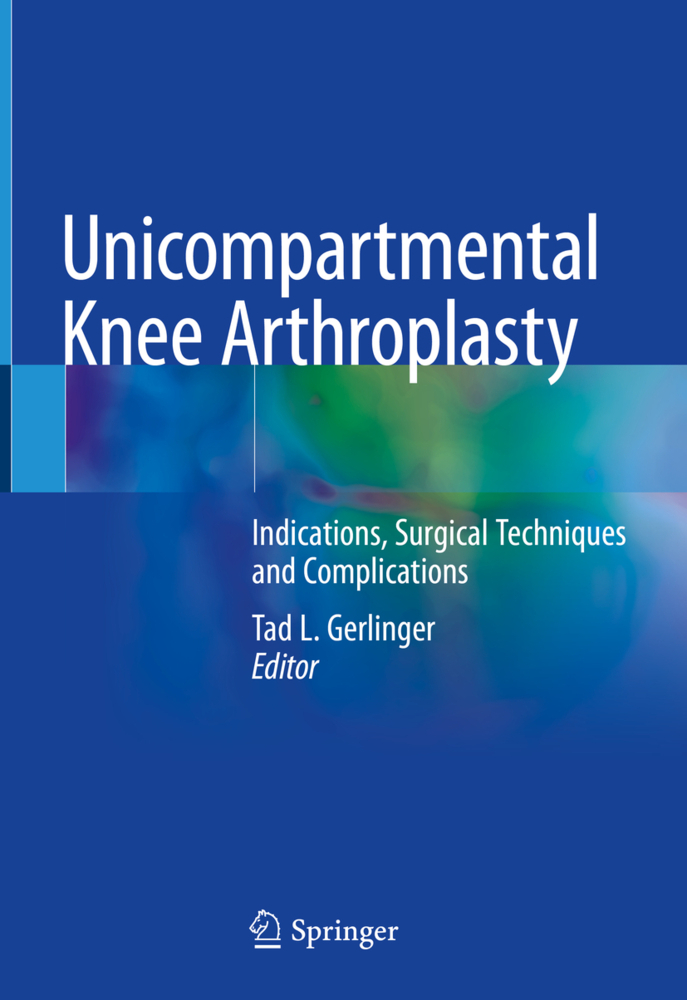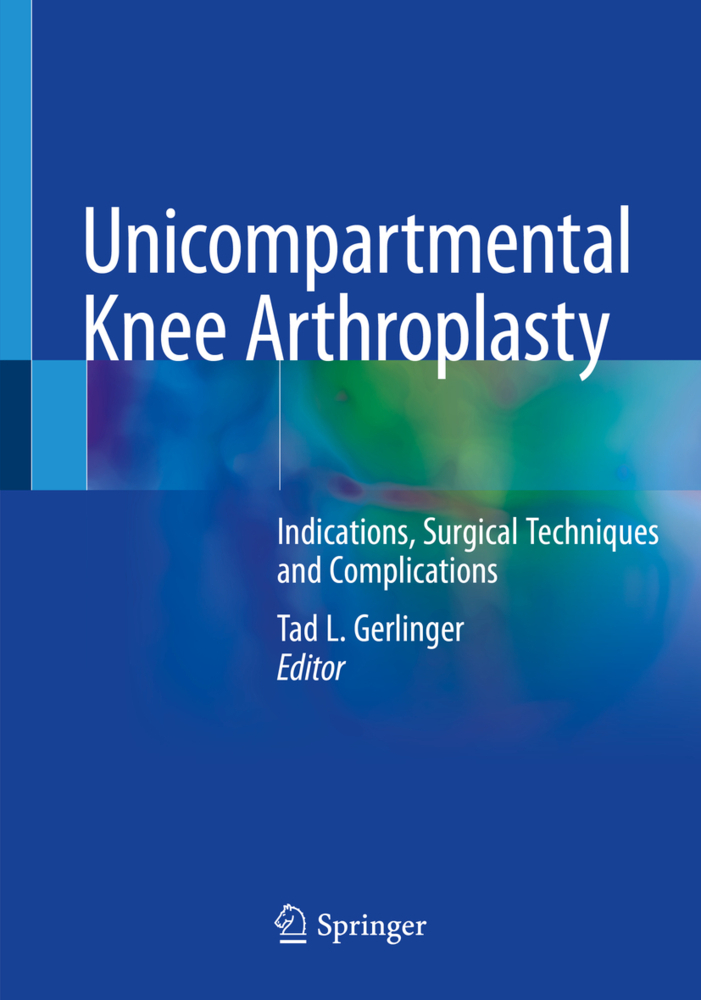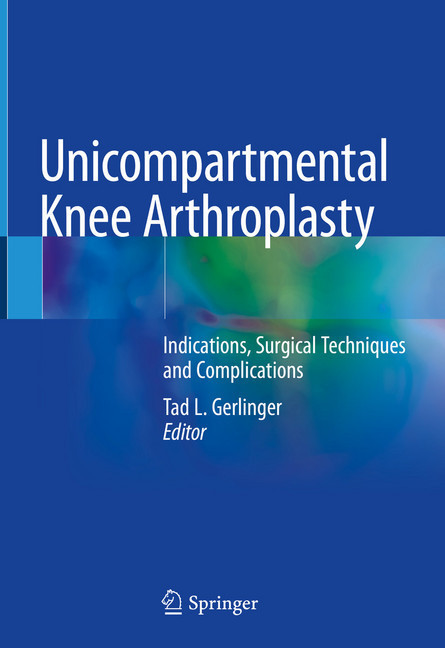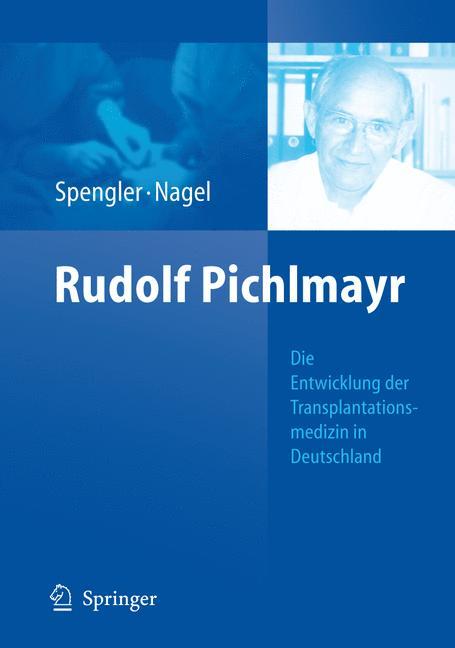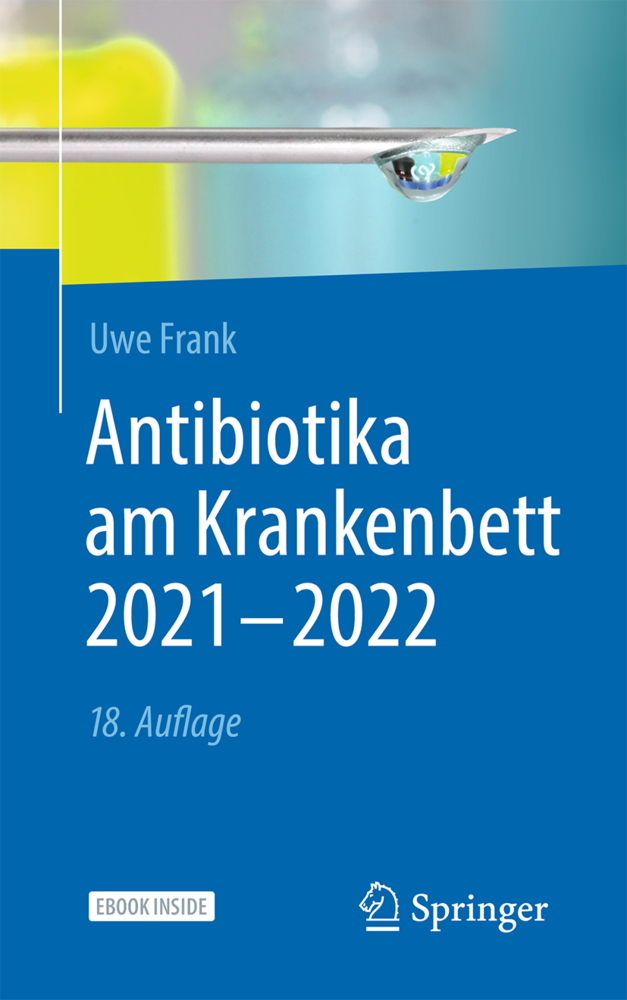Unicompartmental Knee Arthroplasty
Indications, Surgical Techniques and Complications
Unicompartmental Knee Arthroplasty
Indications, Surgical Techniques and Complications
Unicompartmental knee arthroplasty (UKA) - also known as unicondylar knee arthroplasty or partial knee replacement - is an excellent surgical option for the treatment of isolated medial, lateral and patellofemoral compartment arthritis of the knee, as long term results suggest high patient satisfaction and survivability that rivals total knee arthroplasty (TKA). These procedures are well-suited for rapid recovery protocols and outpatient surgery through well-structured surgical pathways. With demand increasing for knee arthroplasty, patients presenting sooner and at a younger age, and an ever-increasing interest from patients, surgeons and payors in outpatient surgery, the demand for unicompartmental arthroplasty is expected to increase significantly.
This text will assist orthopedic surgeons, sports medicine specialists, residents and attendings in developing successful pathways for unicompartmental knee arthroplasty, divided into three thematic sections. Part one discusses the history, indications and patient selection for UKA, including how to manage patient expectations, as well as implant choices. Surgical techniques for UKA are presented in part two, both the medial and lateral sides, with discussion of mobile bearings, pain management, blood preservation strategies, and therapy options both before and after surgery. Complications and their prevention are presented in part three, including periprosthetic fractures and infection.
Timely and practical, Unicompartmental Knee Arthroplasty will provide orthopedic surgeons and related clinical staff with all they need to know to bring this increasingly common technique into practice.
2. Indications for Unicompartmental Knee Arthroplasty: Which Knees Are Best?
3. Patient Criteria for Unicompartmental Knee Arthroplasty: Are There Exclusion Criteria?
4. Risk Mitigation for Unicompartmental Knee Arthroplasty
5. Managing Patient Expectations for Unicompartmental Knee Arthroplasty
6. Implant Choices for Unicompartmental Knee Arthroplasty
Part II: Surgical Techniques for Unicompartmental Knee Arthroplasty
7. Medial Unicompartmental Knee Arthroplasty: Indications and Technique
8. The Mobile Bearing in Unicompartmental Knee Arthroplasty
9. Lateral Unicompartmental Knee Arthroplasty: Indications and Technique
10. Treating Patellofemoral Osteoarthritis with Unicompartmental and Bicompartmental Knee Arthroplasty
11. Utilizing Unicompartmental Knee Arthroplasty for More Than One Compartment
12. UnicompartmentalKnee Arthroplasty and Anterior Cruciate Ligament Deficiency
13. Pain Management in Unicompartmental Knee Arthroplasty
14. Blood Preservation Strategies in Total Knee and Unicompartmental Knee Arthroplasty
15. Outpatient Unicompartmental Knee Arthroplasty
16. Therapy for Unicompartmental Knee Arthroplasty: Pre-op, Day of, and Post-op.- Part III: Complications of Unicompartmental Knee Arthroplasty
17. Disease Progression and Component Failure in Unicompartmental Knee Arthroplasty
18. Periprosthetic Fracture in Unicompartmental Knee Arthroplasty
19. Preventing Infections in Unicompartmental Knee Arthroplasty
20. Infection Remediation in Unicompartmental Knee Arthroplasty.<br>
This text will assist orthopedic surgeons, sports medicine specialists, residents and attendings in developing successful pathways for unicompartmental knee arthroplasty, divided into three thematic sections. Part one discusses the history, indications and patient selection for UKA, including how to manage patient expectations, as well as implant choices. Surgical techniques for UKA are presented in part two, both the medial and lateral sides, with discussion of mobile bearings, pain management, blood preservation strategies, and therapy options both before and after surgery. Complications and their prevention are presented in part three, including periprosthetic fractures and infection.
Timely and practical, Unicompartmental Knee Arthroplasty will provide orthopedic surgeons and related clinical staff with all they need to know to bring this increasingly common technique into practice.
Part I: General Considerations and Indications for Unicompartmental Knee Arthroplasty
1. History of the Unicompartmental Knee Arthroplasty2. Indications for Unicompartmental Knee Arthroplasty: Which Knees Are Best?
3. Patient Criteria for Unicompartmental Knee Arthroplasty: Are There Exclusion Criteria?
4. Risk Mitigation for Unicompartmental Knee Arthroplasty
5. Managing Patient Expectations for Unicompartmental Knee Arthroplasty
6. Implant Choices for Unicompartmental Knee Arthroplasty
Part II: Surgical Techniques for Unicompartmental Knee Arthroplasty
7. Medial Unicompartmental Knee Arthroplasty: Indications and Technique
8. The Mobile Bearing in Unicompartmental Knee Arthroplasty
9. Lateral Unicompartmental Knee Arthroplasty: Indications and Technique
10. Treating Patellofemoral Osteoarthritis with Unicompartmental and Bicompartmental Knee Arthroplasty
11. Utilizing Unicompartmental Knee Arthroplasty for More Than One Compartment
12. UnicompartmentalKnee Arthroplasty and Anterior Cruciate Ligament Deficiency
13. Pain Management in Unicompartmental Knee Arthroplasty
14. Blood Preservation Strategies in Total Knee and Unicompartmental Knee Arthroplasty
15. Outpatient Unicompartmental Knee Arthroplasty
16. Therapy for Unicompartmental Knee Arthroplasty: Pre-op, Day of, and Post-op.- Part III: Complications of Unicompartmental Knee Arthroplasty
17. Disease Progression and Component Failure in Unicompartmental Knee Arthroplasty
18. Periprosthetic Fracture in Unicompartmental Knee Arthroplasty
19. Preventing Infections in Unicompartmental Knee Arthroplasty
20. Infection Remediation in Unicompartmental Knee Arthroplasty.<br>
Gerlinger, Tad L.
| ISBN | 978-3-030-27410-8 |
|---|---|
| Artikelnummer | 9783030274108 |
| Medientyp | Buch |
| Auflage | 1st ed. 2020 |
| Copyrightjahr | 2019 |
| Verlag | Springer, Berlin |
| Umfang | XIII, 230 Seiten |
| Abbildungen | XIII, 230 p. 76 illus., 39 illus. in color. |
| Sprache | Englisch |

